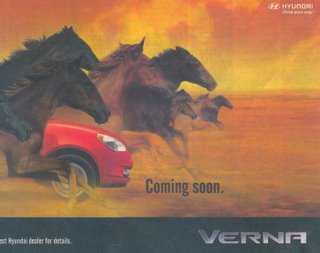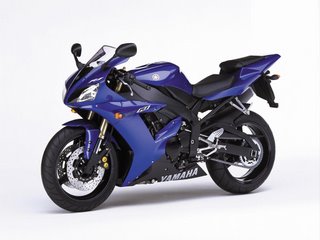This is an astonishingly high number
“When an accident takes place, it becomes the duty of the police to file an FIR. These FIRs are filed in the same way as any criminal case. In one of our recent survey, we found out that only a handful of 23 metropolitan cities had actually digitalised the accident related data,” adds Dr. Mittal.
According to experts, an important factor that needs to be taken into account while formulating a transport or traffic policy is the ‘road user behaviour’. “While formulating a policy, the law makers should first try to find out how people travel in this country. In two of the biggest cities in India, 40% of the people either travel in public vehicles or walk their way to the office while only 10% use cars as a mode of transport. If we try to solve the traffic problem for the cars, then it would not be successful as we would be dealing with a mode of transport which forms a minority group on the roads,” says Dr. Dinesh Mohan, a leading authority on transport safety in India.
For complete IIPM article click here
Source:- IIPM Editorial
Visit also:- IIPM Publication, Business & Economy & Arindam Chaudhuri Initiative
According to experts, an important factor that needs to be taken into account while formulating a transport or traffic policy is the ‘road user behaviour’. “While formulating a policy, the law makers should first try to find out how people travel in this country. In two of the biggest cities in India, 40% of the people either travel in public vehicles or walk their way to the office while only 10% use cars as a mode of transport. If we try to solve the traffic problem for the cars, then it would not be successful as we would be dealing with a mode of transport which forms a minority group on the roads,” says Dr. Dinesh Mohan, a leading authority on transport safety in India.
For complete IIPM article click here
Source:- IIPM Editorial
Visit also:- IIPM Publication, Business & Economy & Arindam Chaudhuri Initiative


